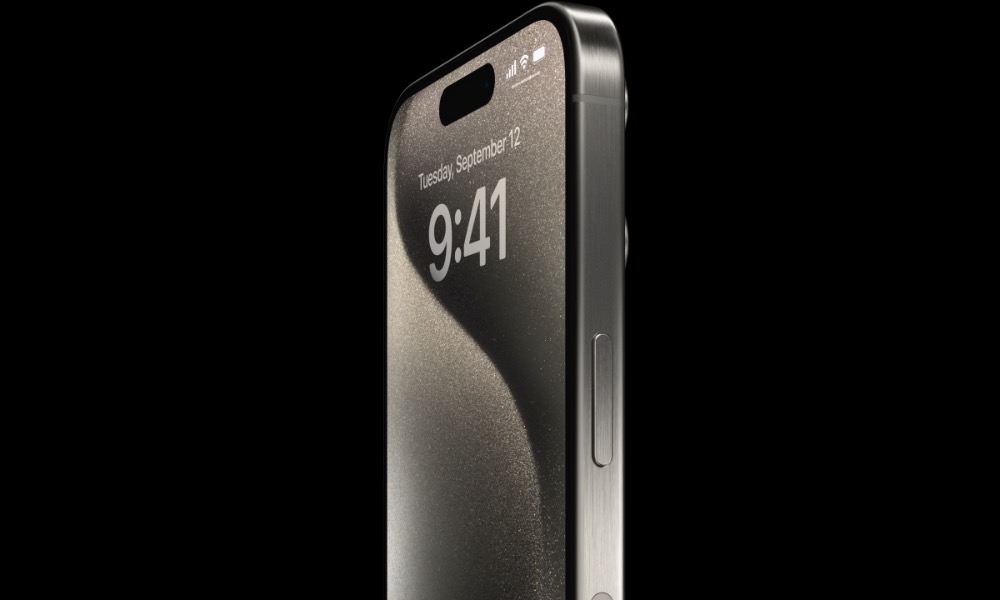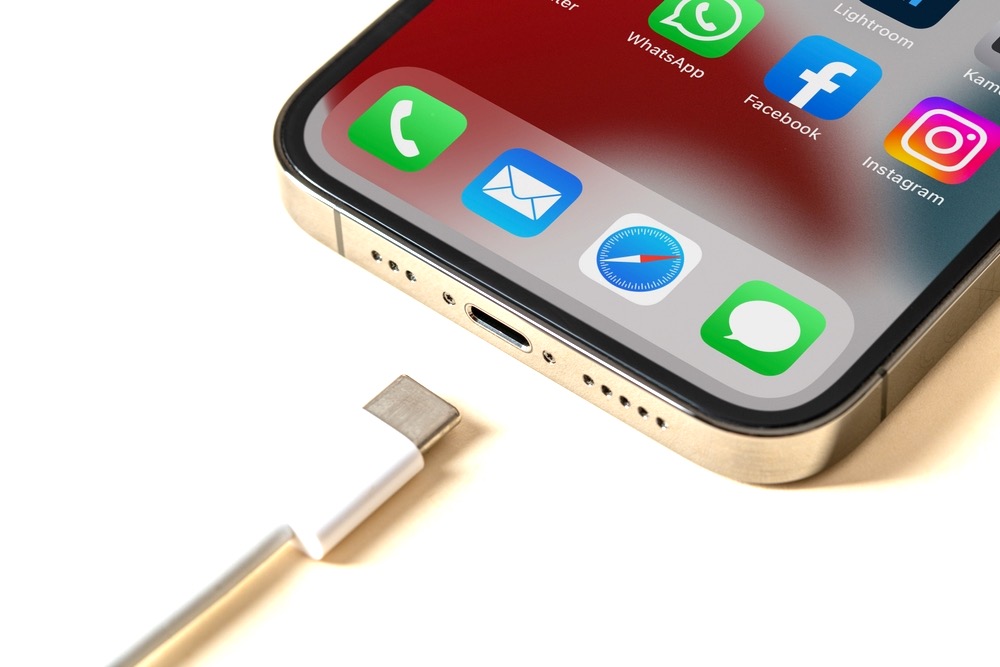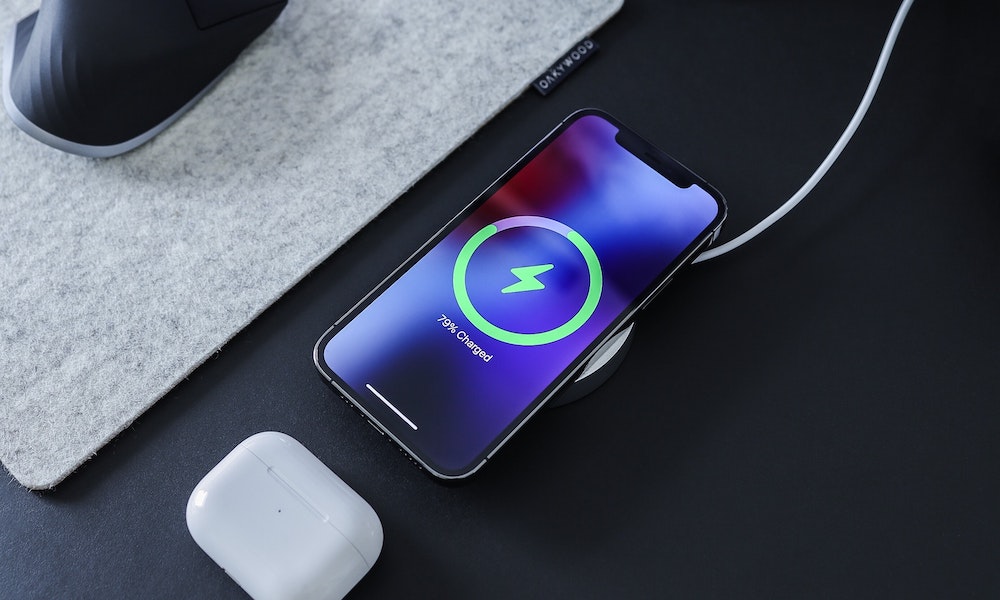The iPhone 15 Can Stop Charging at 80% For a Healthier Battery

Toggle Dark Mode
Apple is adding a new battery health feature exclusively to its iPhone 15 lineup that will allow users to give up some of their daily battery capacity in exchange for more longevity over the life of the iPhone.
Uncovered by Allison Johnson of The Verge, all of the new iPhone 15 models feature a new setting that allows users to opt for an 80% hard limit on maximum charging capacity.
The setting appears to be an expansion of the Optimized Battery Charging feature that Apple introduced in iOS 13, designed to increase the lifespan of iPhone batteries by avoiding keeping them needlessly topped up to 100%. Due to the chemistry of the lithium-ion batteries used in the iPhone (and almost all other modern electronic devices), holding a battery at a full charge can make it age prematurely due to the higher voltages and the additional heat generated during that last 20% charge.
This is also why charging an iPhone battery has always taken longer as it nears capacity. A 20W USB charger typically gets your iPhone up to 50% in around 30 minutes. It then takes another 30 minutes to hit 80% and an hour after that to get the last 20%. This is a deliberate choice by Apple to preserve battery health by reducing the charging current and moving power into the battery more slowly. In that last 80-100% range, your iPhone will charge just as quickly using a basic USB power adapter as a 20W+ fast-charging adapter.
To be clear, fast charging isn’t great for your battery, even at lower capacities. That’s likely one reason Apple kept a basic 5W charger in the iPhone box even after the iPhone 6 introduced 10W charging. Slower charging speeds are much easier on the battery, and they’re more than enough for folks who only plug in their iPhones overnight.
As Battery University explains:
Lithium-ion suffers from stress when exposed to heat, so does keeping a cell at a high charge voltage. A battery dwelling above 30°C (86°F) is considered elevated temperature and for most Li-ion a voltage above 4.10V/cell is deemed as high voltage. Exposing the battery to high temperature and dwelling in a full state-of-charge for an extended time can be more stressful than cycling.
Most Li-ions charge to 4.20V/cell, and every reduction in peak charge voltage of 0.10V/cell is said to double the cycle life. For example, a lithium-ion cell charged to 4.20V/cell typically delivers 300–500 cycles. If charged to only 4.10V/cell, the life can be prolonged to 600–1,000 cycles; 4.0V/cell should deliver 1,200–2,000 and 3.90V/cell should provide 2,400–4,000 cycles.
Charging Optimization on iPhone 15
This is why Apple introduced Optimized Battery Charging. Today, most people use faster 20W USB adapters and 15W MagSafe wireless chargers, especially since Apple no longer includes a power brick in the box with new iPhones. With the old 5W adapter, your iPhone would slowly charge through the night, easily taking 4-6 hours to reach 100%. With a 20W+ adapter, you’ll be at 100% in two hours, where your iPhone will sit for another five or six hours, depending on how long you regularly sleep.
Leaving the iPhone needlessly sitting at 100% is bad for the battery, so Apple created an Optimized Battery Charging algorithm to solve this problem. With this enabled, when you plug your iPhone in at night, it hits 80% after an hour, and then it stays there nearly all night, reducing wear and tear on the battery. Then, about an hour before you wake up, the iPhone re-engages the charging circuit to top your iPhone off so you’ll have 100% when you get up and you’re ready to head out the door.
As we’ve noted before, experts agree that keeping your iPhone battery in the sweet spot between 20% and 80% is the best way to extend its lifespan, so it’s a good idea to keep it from going above that 80% mark unless you know you’re going to need the extra juice.
While Optimized Battery Charging is a big help, it only works when your iPhone can predict your usage patterns. That’s relatively easy to do while you’re sleeping, especially if you’ve set up sleep mode or use your iPhone as your alarm clock. However, there are many other cases where your iPhone won’t know to stop charging. For example, if you’re plugged into CarPlay on a long road trip or charge at your desk but are often running to meetings on an irregular schedule.
So, with the iPhone 15 models, Apple has added a new option under Settings > Battery > Battery Health & Charging, replacing the on-off Optimized Battery Charging toggle with a new Charging Optimization setting that lets you choose between Optimized Battery Charging, an 80% Limit option, or None if you’d prefer to disable the whole limiting system entirely.
Enabling the new 80% Limit setting will cause your iPhone 15 to never charge above 80% under any circumstances (unless, of course, you switch that setting off manually). While this means you’ll be leaving home with less power for the day, you’ll find that your battery will be able to retain a higher charge over the lifespan of your iPhone.
For many, an 80% charge is enough to get through the day. After all, there’s no benefit in regularly going to bed with a 30-40% charge left in your iPhone, especially if the downside is that you’re sacrificing the longevity of your battery by starting each day at 100%.
Similarly, if you’re regularly leaving your iPhone sitting on a MagSafe charger or plugged in on your desk or in your car, it’s likely going to 100% much more often than you need it to, which is where the new 80% Limit can make a big difference — especially with the new StandBy mode in iOS 17 that will encourage you to dock your iPhone even more often.
The sad part is that it looks like this feature is exclusive to the iPhone 15 lineup. There’s no evidence of it in iOS 17 on the iPhone 14 or older models. Considering Apple’s stance on the environment regarding battery health and charging, it’s highly improbable that this is an artificial limitation to set the iPhone 15 models apart. It’s more likely that there’s either some unusual hardware requirement in the physical charging circuitry or that Apple is field-testing it on the iPhone 15 and will eventually bring it to older models in an iOS 17 point release.
However, since Optimized Battery Charging is capable of intelligently stopping charging at 80% and works on all iPhone models capable of running iOS 13, back to the 2015 iPhone 6s, it would be odd for a feature that applies a fixed “hard stop” at 80% to require specific hardware found only in the iPhone 15 models. This suggests that the 80% Limit will eventually make its way to older iPhones.








